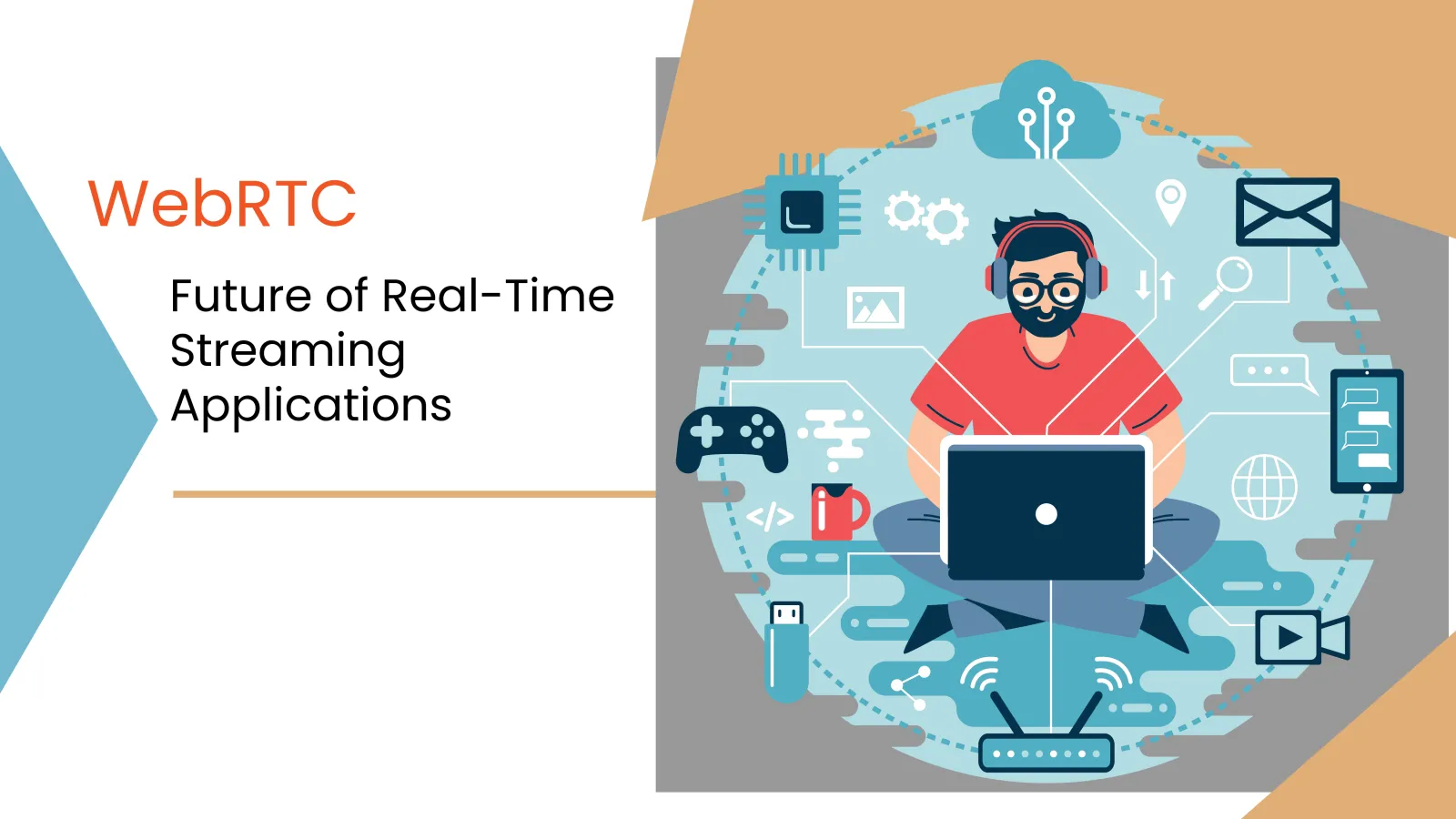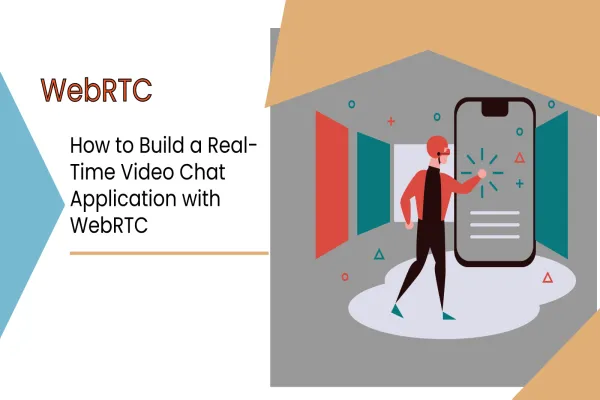WebRTC (Web Real-Time Communication) is a set of standardized protocols and APIs that allow real-time communication between web browsers, mobile applications, and IoT devices. Originally developed by Google in 2011, WebRTC has since become a popular choice for real-time communication and streaming applications due to its low latency, high-quality audio and video, and ease of implementation.
So, what does the future hold for WebRTC and real-time streaming applications from a technical perspective? In this post, we'll explore some of the trends and predictions for WebRTC and its impact on the future of real-time communication and streaming.
Enhanced Codec Support
WebRTC already supports a variety of audio and video codecs, such as Opus, VP8, and H.264. However, we can expect to see even more codec support in the future, including support for higher quality codecs such as VP9 and AV1. This will allow for even higher quality audio and video streams with lower bandwidth requirements.
Improved network performance
As networks continue to evolve and improve, WebRTC will be able to take advantage of these improvements to provide even better performance. This includes improvements in areas such as bandwidth, latency, and network reliability, all of which will help to improve the overall quality of real-time communication and streaming.
Increased Adoption of Simulcast
Simulcast is a technique that allows WebRTC to send multiple versions of the same video stream at different quality levels, allowing the receiver to choose the version that best suits their network conditions. This technique is becoming increasingly popular and is expected to see even greater adoption in the future.
Emerging Use Cases for WebRTC
WebRTC is already being used in a variety of industries, but we can expect to see new and emerging use cases in the future. For example, the rise of edge computing and low-latency networks could enable new use cases for real-time communication and streaming, such as remote gaming and augmented reality applications.
Continued Development and Innovation
WebRTC is a rapidly evolving technology, and we can expect to see continued development and innovation in the years to come. This includes new features and capabilities such as WebRTC DataChannels, which allow for real-time data transfer between peers, as well as continued optimization for performance and reliability.
In conclusion, WebRTC is a powerful and versatile technology that is well-suited for real-time communication and streaming applications. With continued development and innovation, we can expect to see even more capabilities and use cases emerge in the future, making WebRTC an even more essential tool for developers and businesses alike.




